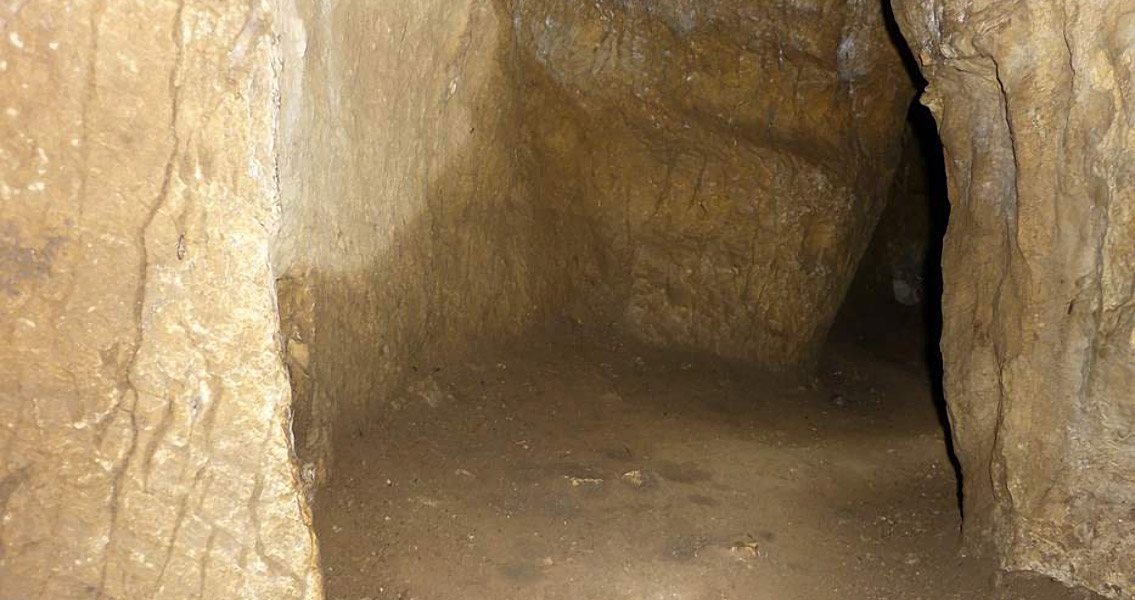<![CDATA[New research into curious marks found in a cave in Upper Franconia, Germany, has revealed that they were not made by human hands after all. The 75-meter long cave, known as Mäanderhöhle and located in the Upper Franconian region of Bavaria, was discovered in 2005 to have one cavern filled with spherical mineral deposits criss-crossed with lines that looked as if they had been placed there by human hands. An initial investigation into these lines claimed that the marks, which were dated to between 14,000 and 16,000 years old, had indeed been the result of humans, likely depicting abstract female figures as well as a phallus. One scientist decided to revisit these findings recently however, discovering through rigorous study that there was no evidence of the lines being put there by early humans. According to a press release from Freidrich-Alexander University (FAU), Julia Blumenröther, who had been a student at the time she evaluated the original study and launched her own investigation with a project partner, received help from both the Bavarian State Office for the Preservation of Historical Monuments and the Neanderthal Museum in Mettmann in her endeavor. The research project involved the examination of nearly 140 lines that had been classified as being made by humans within the cave. Blumenröther was keen to see if there was any evidence that the lines in question were made using Stone Age tools. Additionally, she and her partner also examined whether the supposed abstract designs found within this cave were similar to those in other locations that had been positively identified as human cave art. A wide variety of archaeological techniques were used in order to both document and analyze the markings in the Bavarian cave. Emergent technologies like structure-light 3D scans and digital microscopy were employed to map the shape and depth of the lines, and allowed Blumenröther to compare digital images of the lines with carvings from other caves, and carvings re-created under laboratory conditions using engraving tools specially designed to mimic those from the Stone Age. In the end, after Blumenröther finished her analysis, she determined that the carvings found within the Mäanderhöhle cave were most likely not the result of humans putting them there. The cross-sections and courses of all the carved lines were found to be inconsistent with other lines that had been carved with a sharp, hard object, Blumenröther remarked, which contradicted the earlier hypothesis. Additionally, not one of the more than 135 lines the researcher examined was found to be similar to any known design that had been discovered in any other cave from the same or a similar time period. While Blumenröther did say that the Mäanderhöhle, with its distinctive mineral deposits, is undoubtedly of great interest to geologists, there’s no evidence that the lines found within are an example of Stone Age cave art – and they certainly aren’t the oldest example of such art within Germany. Image courtesy of Wikimedia Commons user: Semmeringbahn ]]>
Humans Did Not Make Stone Age Cave Art, Research Finds
